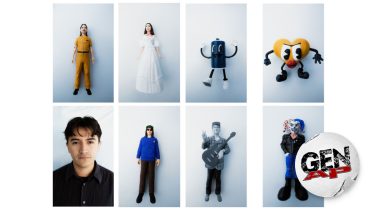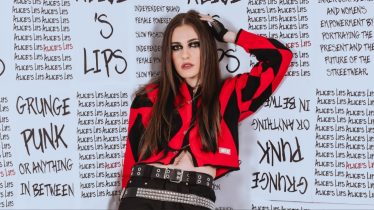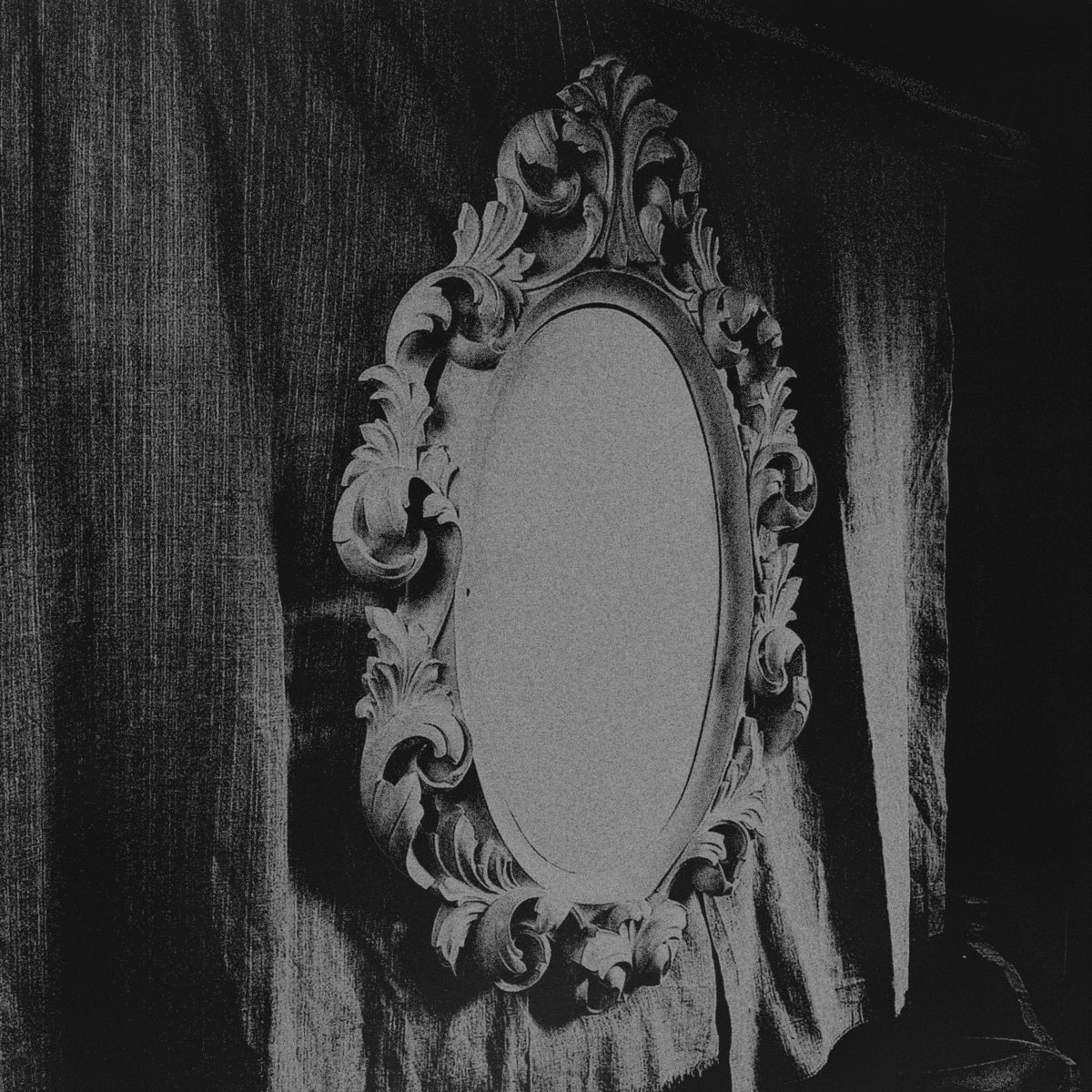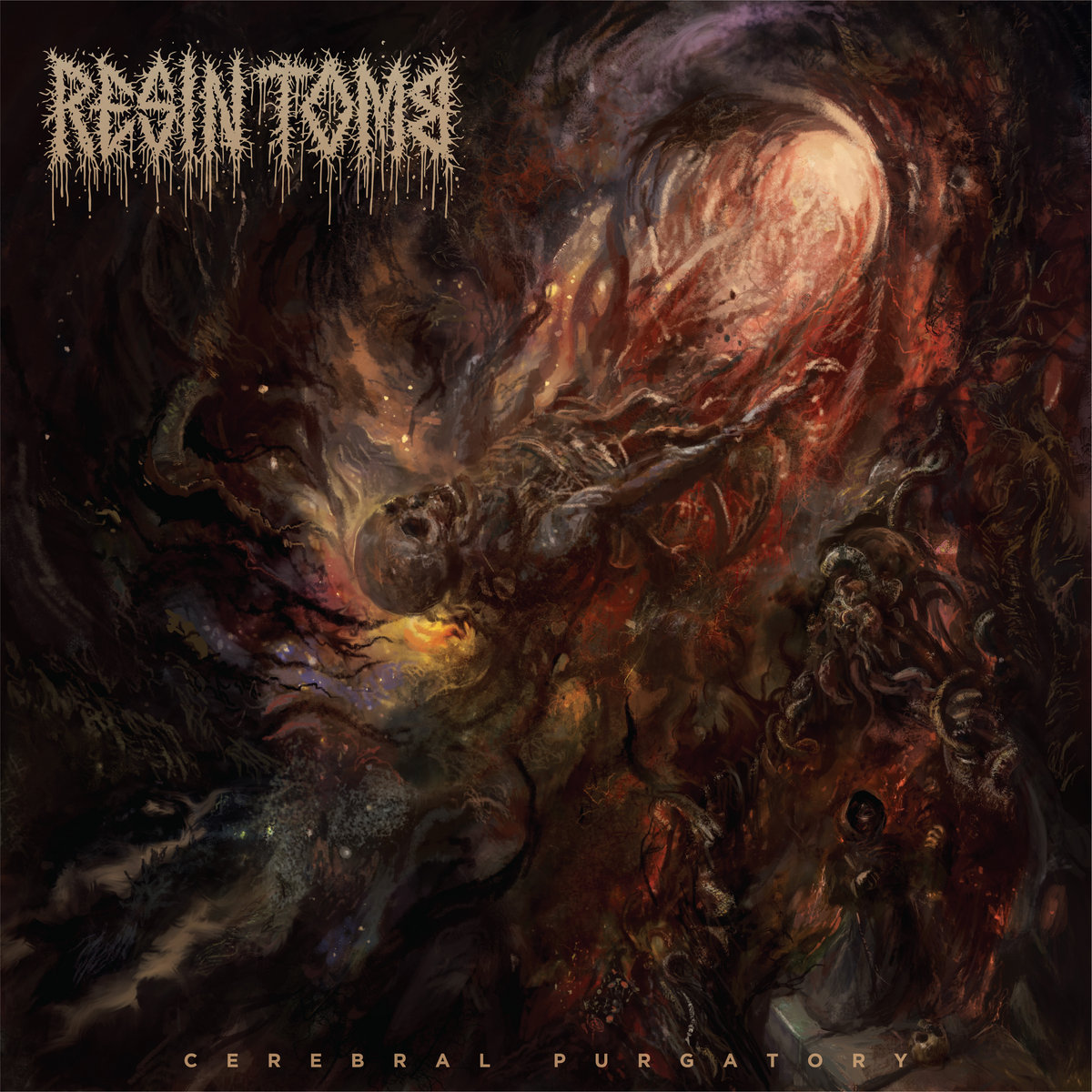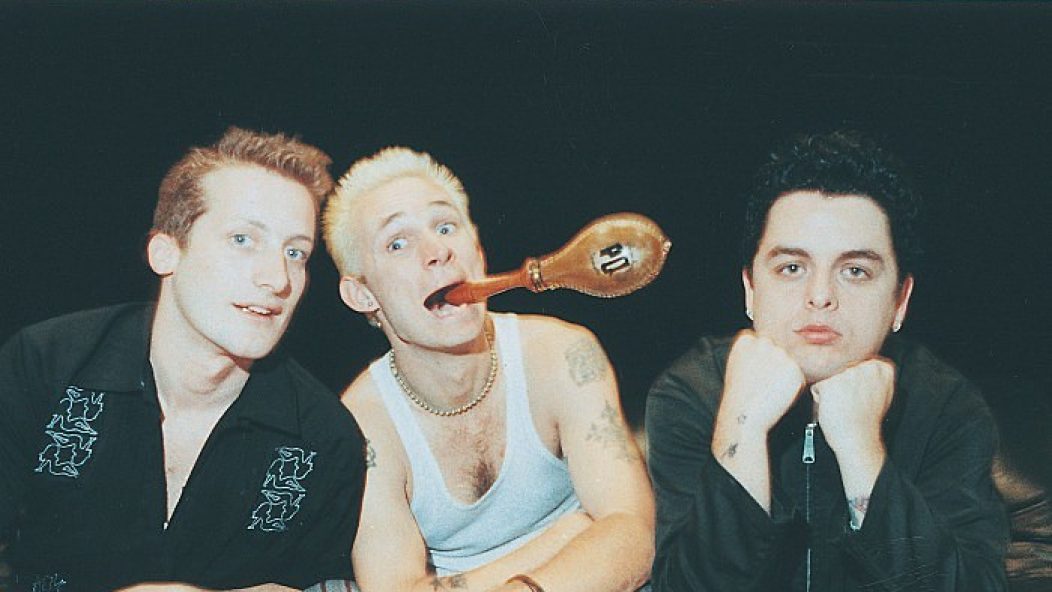
Revisit 'Nimrod': the moment Green Day ripped up their own rulebook
Technically, my first exposure to punk was through Green Day’s Dookie. At the time, I was young—probably too young. As kids so often do, I followed a friend’s older brother to check out his collection of older brother music. Dookie immediately jumped out from the pack.
To be honest, what actually captivated me most was the cover. My guide took me through every twist and turn of the album jacket. I was scandalized and amazed by what I finally understood to be punk. From there, I was enchanted by the band’s snarky wit, fearless independence and willingness to push against any and all boundaries.
Read more: A beginner’s guide to Green Day: from the big hitters to the deep cuts
It was a formative moment, prompting a journey that transformed me into a devoted fan of the genre. From there, that launched me into music school and, eventually, a career as a music writer.
That all said, my first true encounter with the band’s music was through Nimrod, released on this day in 1997. It’s hard to picture now, but at the time, the album felt like a leap forward for Green Day on every level. While the reception and charts were positive, the record hardly had critics leaping out of their seats. It has also since been overshadowed by the awe-inspiring success of American Idiot, both from the standpoints of public reception and what it did for punk rock.
Even so, it was a game-changer. I was blown away to see punk on MTV and hear it on the radio. It was still a relatively uncommon occurrence in a moment when hard rock was hitting its first golden age and hip-hop was revolutionizing the music industry. The record was even on sale in suburban chain CD stores at a time when buying punk records largely meant seeking out small independent record shops.
Nimrod followed Insomniac, an album that marked a moment of strife for Green Day. The successor to the band’s groundbreaking Dookie, Insomniac didn’t quite reach the same commercial heights. The release and subsequent tour also saw them struggling personally, a function of the immense pressure put on them by fame as well as the challenges of long touring in major venues.
Read more: Revisit Green Day’s 2004 cover to celebrate 17 years of ‘American Idiot’
Most importantly, Nimrod pushed the band into a new musical landscape. In many ways, the record offered an early intimation of the breadth and depth of what was to come. Emotionally, the album ranged from characteristic snotty humor to reflexive introspection and sentimentality. Sonically, the album comfortably leaps across the full spectrum of punk music and even ventured into territory that was mostly unprecedented in the genre.
Still, Nimrod didn’t mark the abandonment of punk, simply an expansion of what the genre could do. Not to worry, the traditionalist perspective was on full display. Green Day set out to make the record under the inspiration of genre godfathers the Clash. If that wasn’t enough, they launched the project in spectacular punk fashion. Slated to perform at New York’s Tower Records store on Broadway, the band provoked a riot. After encouraging fans to act out, Billie Joe Armstrong proceeded to spray-paint “Nimrod” on the store walls and “Fuck You” on the window. Tré Cool followed that by smashing a bass drum. While Armstrong also attempted to smash a speaker, a store employee wrestled it away from him. (The label later revealed they had to foot the bill for repairs.)
Read more: Green Day cover “Rock And Roll All Nite” at first Hella Mega show—watch
I could easily wax philosophical about any track on the album. Take “The Grouch,” a song that brought punk back to the rock ‘n’ roll roots that defined so many punk artists of the ‘70s and ‘80s. It was a return to the source of the genre, a wellspring that had been submerged under a newer wave of heavier or poppier artists (not to mention the success of genres like grunge). Or, “King For A Day,” one of the first songs I encountered that explicitly addressed gender and sexuality. It was a message in a bottle for a shy, feminine boy who was years away from reaching a place of comfort with his own identity. (It didn’t hurt that the track also looks back to Otis Day And The Knights’ classic rendition of “Shout”—a standard live pairing with the song—and was recorded with horn players from No Doubt.)
For me, the story truly begins with “Nice Guys Finish Last.” Of course, it’s the first track on the record. But it also set the tone of the project from my first listen. I was enchanted by the track, both for its sardonic lyrics and the band’s performance. In many ways, it’s a perfect little encapsulation of the balance achieved by the simple trio format Green Day followed. Cool launches the album with a simple fill, catapulting the record into action from the first beat. Mike Dirnt’s bass line constructs a foundation for the track, while the guitar creates a dynamic sound by switching between full-on riffs, palm-muted rhythms and even moments of silence. The song felt rich and full while also intimate, making me feel like I was in the front row of the band’s performance.
Read more: Good Charlotte and Clay Mates tease exclusive Halloween NFT collection
“Scattered” was also a huge musical milestone. Over the years, it would be succeeded by a legion of Green Day tracks that showcased their ability to blend smooth melodic and harmonic language with the driving energy of classic punk. The melodic aspect of the genre was something that I struggled to make peace with for many years, electing to listen to the heavier side of the musical spectrum. Even so, I was mesmerized by the track, and it definitely sowed the seeds of a musical openness that I later willingly embraced.
Of course, we can’t think about Nimrod without mentioning “Good Riddance (Time Of Your Life).” On a personal level, it happened to be the first pop song I learned on guitar, after begging my classically minded teacher to help me understand the hastily printed-out TABs I brought into his studio one day.
The track has had a long legacy in these kinds of spaces, coming to speak for so many personal milestones. It’s also faced a funny fate—especially for a song where the first word we hear is “fuck”—earning a role as a perennial favorite at graduations and karaoke bars.
Read more: Ice Nine Kills drop ‘Pet Sematary’-inspired “Funeral Derangements”—watch
In a deeper sense, the track’s destiny was to cast a sizeable shadow on punk. Beauty is not a category commonly associated with the genre. But that track revealed something to so many of us, both about what the band were able to achieve and what we as listeners could embrace. In that sense, the song embodies—more than almost any of that era—what Green Day was and what they were capable of becoming.



